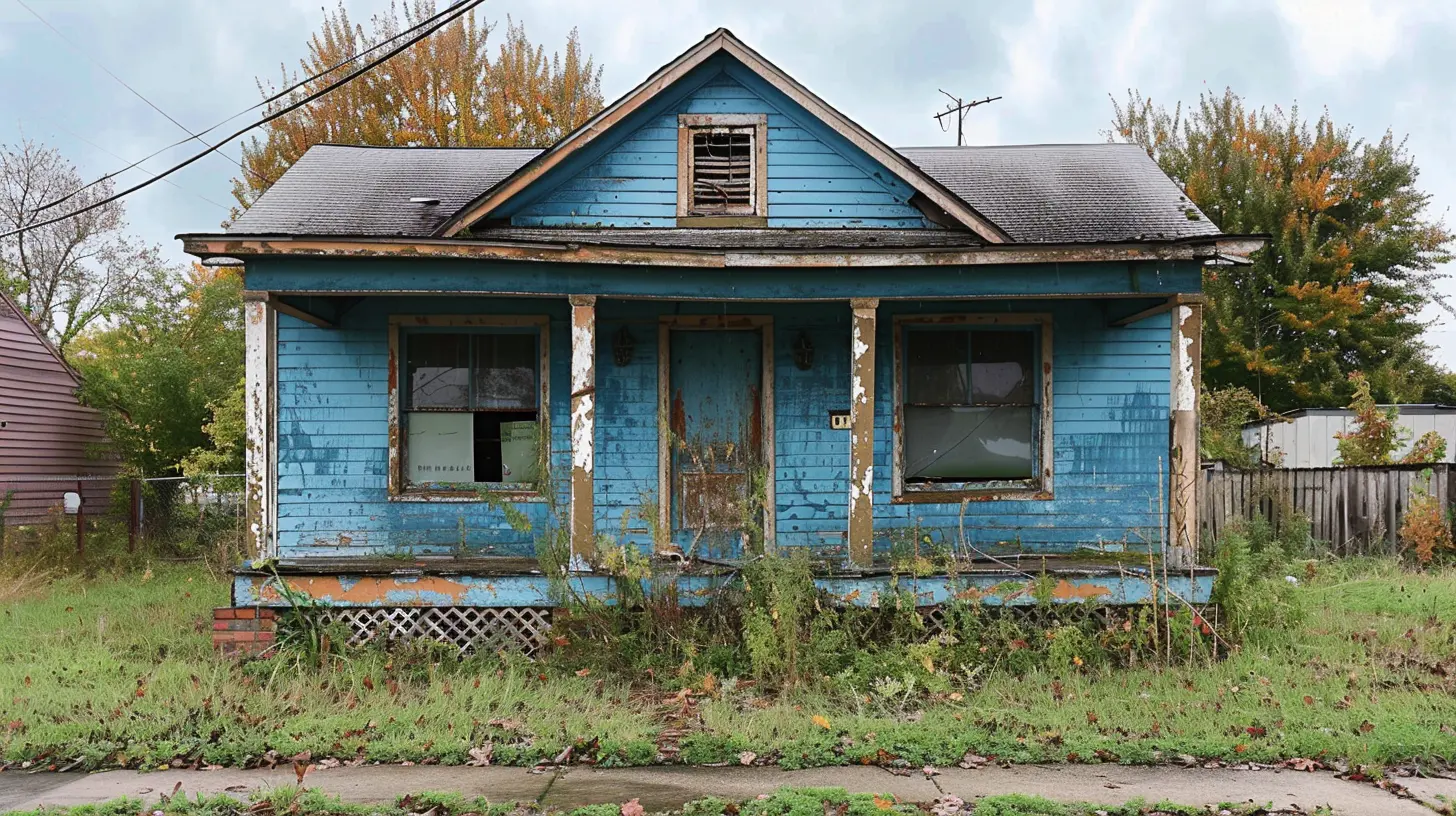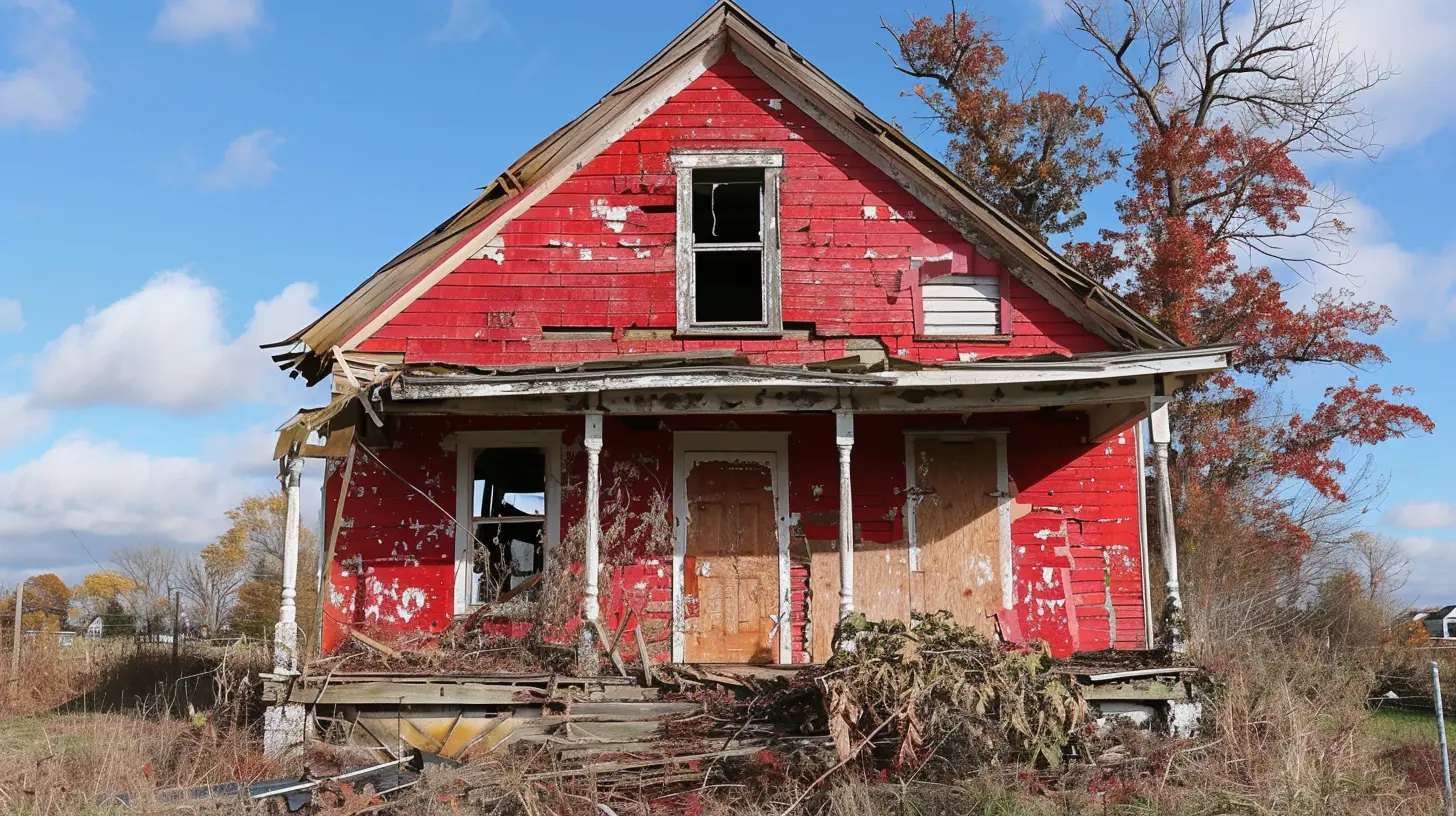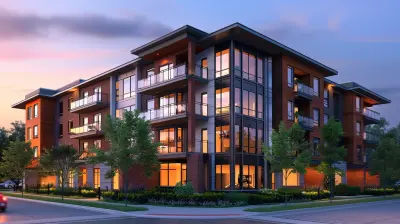How to Evaluate a Fix-and-Flip Opportunity
10 November 2025
Fix-and-flips can be a goldmine—if you play your cards right. The idea of buying a distressed property, fixing it up, and selling it for a profit is the backbone of real estate investing. But not every property is a winner. Some can cost you way more than you bargained for.
So, how do you know if a fix-and-flip opportunity is worth the sweat, dollars, and time? Let’s break it down step by step. 
1. Understanding the Fix-and-Flip Model
Before we jump into the evaluation process, let’s be clear about what a fix-and-flip is. Essentially, it’s a short-term real estate investment where you purchase a property that needs work, renovate it, and sell it at a higher price to make a profit.Sounds simple, right? But the real challenge is knowing whether the deal is worth it before you even lift a hammer. 
2. The Key Numbers You Need to Know
Flipping houses isn’t just about curb appeal—it’s about the numbers. If your math is off, you could end up stuck with a property that eats away at your profits. Here’s what you need to calculate:a) After Repair Value (ARV)
The ARV is the estimated value of the property after all renovations are completed. This is crucial because it determines your potential selling price.To find the ARV:
- Look at comparable properties ("comps") in the area that have sold recently.
- They should be similar in size, condition, and location.
- Use online real estate platforms or work with a real estate agent to get accurate numbers.
b) Purchase Price
This is the price you pay to acquire the property. If you overpay, your chances of making a profit shrink significantly.c) Repair Costs
Renovations can make or break your flip. Underestimating repair costs is one of the biggest mistakes new investors make. Consider:- Structural repairs (foundation issues, roof replacements, plumbing, electrical)
- Cosmetic upgrades (paint, flooring, kitchen, bathrooms)
- Labor costs
- Permits and unexpected expenses
A good rule of thumb? Always budget 10-20% more than your estimated costs for surprises.
d) Carrying Costs
Every day you own the property, it costs you money. Carrying costs include:- Property taxes
- Loan interest (if you financed the deal)
- Utilities
- Insurance
- HOA fees (if applicable)
The longer it takes to flip, the more these costs eat into your profit.
e) Selling Costs
When it’s time to sell, you’ll have costs such as:- Realtor commissions (typically 5-6%)
- Closing costs
- Staging and marketing expenses

3. The 70% Rule: Does the Deal Make Sense?
The 70% rule is a tried-and-true method used by flippers to quickly evaluate a deal. It states:> You should pay no more than 70% of the After Repair Value (ARV), minus repair costs.
Formula:
\[
(Max Purchase Price) = (ARV × 70%) – Repair Costs
\]
For example, if a property’s ARV is $300,000 and repairs will cost $50,000:
\[
(300,000 × 0.70) – 50,000 = $160,000
\]
In this case, you wouldn’t want to pay more than $160,000 for the property.
This ensures you leave enough room for carrying costs, unexpected expenses, and your profit margin. 
4. Location, Location, Location
A bad location can kill even the best renovation project. Before you commit, ask yourself:- Is this a desirable neighborhood?
- Are home values appreciating?
- How quickly are homes selling in this area?
- Is there a high demand for renovated homes?
The best fix-and-flip properties are in neighborhoods where homes are selling fast and at good prices. If houses are sitting unsold for too long, that’s a red flag.
5. Inspect Before You Invest
Never buy a property without inspecting it first. Even if it looks like a "great deal," hidden issues can turn it into a money pit.Hire a professional home inspector to check for:
- Structural damage
- Water leaks and mold
- Electrical and plumbing problems
- Roof condition
- Pest infestations
A thorough inspection can save you thousands of dollars in unexpected repairs.
6. Renovation Strategy: Don’t Over-Improve
One of the biggest mistakes flippers make? Over-improving the property. The goal is to make it comparable to other homes in the area—nothing more, nothing less.Spending thousands on luxury finishes in a mid-tier neighborhood won’t necessarily increase your selling price. Instead, focus on:
- Kitchen and bathroom updates (these bring the highest ROI)
- Fresh paint and flooring
- Enhancing curb appeal
Stick to renovations that add value without blowing up your budget.
7. Financing: Know Your Options
Unless you’re buying with cash, you need a solid financing plan. Common options include:a) Hard Money Loans
- Short-term loans designed for real estate investors- Higher interest rates but quick approval
- Good for fast-moving deals
b) Private Money Lenders
- Borrowing from individual investors- More flexible terms than banks
c) Traditional Bank Loans
- Lower interest rates but slower approval process- May require good credit and a solid financial background
d) Home Equity Loans or Lines of Credit (HELOCs)
- Tapping into your home’s equity- Lower rates than hard money loans
Choose the option that best fits your situation and investment strategy.
8. Exit Strategy: Have a Backup Plan
The real estate market can be unpredictable. What if the flip takes longer than expected? What if the market slows down?Always have an exit strategy. If selling doesn’t go as planned, consider:
- Renting the property until the market improves
- Selling to another investor at a breakeven point
- Refinancing into a long-term mortgage if needed
A smart investor always plans for the unexpected.
Final Thoughts: Is Fix-and-Flip Right for You?
Fix-and-flip investing can be highly profitable, but it’s not for the faint of heart. It requires careful analysis, a solid strategy, and the ability to manage risks effectively.Before you jump in, ask yourself:
✔ Do I have the funds (or financing) lined up?
✔ Am I prepared for unexpected costs?
✔ Do I have a good understanding of the local market?
✔ Can I manage contractors and renovations?
✔ Do I have a clear exit strategy?
If you can confidently answer "yes" to these, you might have what it takes to succeed. Otherwise, take the time to educate yourself before diving in.
Fix-and-flipping isn’t just about swinging a hammer—it’s about making smart, calculated decisions. And when done right, it can be one of the best ways to build wealth in real estate.
all images in this post were generated using AI tools
Category:
Real Estate InvestingAuthor:

Angelica Montgomery
Discussion
rate this article
1 comments
Starla Wilson
Great article! This guide simplifies the evaluation process for fix-and-flip opportunities. It's essential to consider all factors carefully, and your insights on budgeting and market analysis are invaluable. Looking forward to applying these tips in my next project!
November 12, 2025 at 5:12 AM

Angelica Montgomery
Thank you for your kind words! I'm glad you found the guide helpful. Best of luck with your next project!


